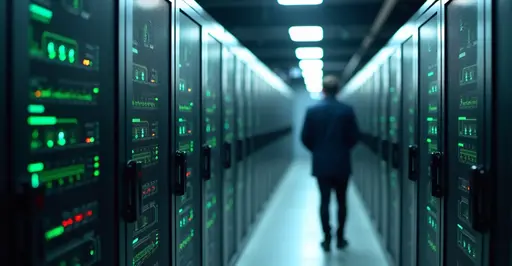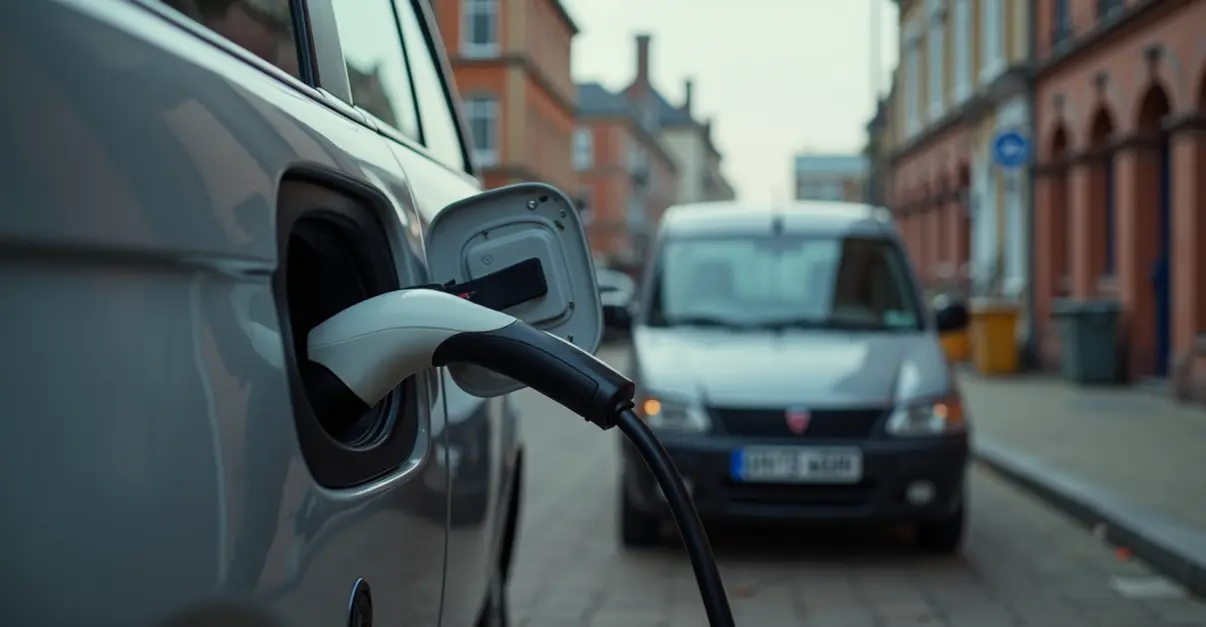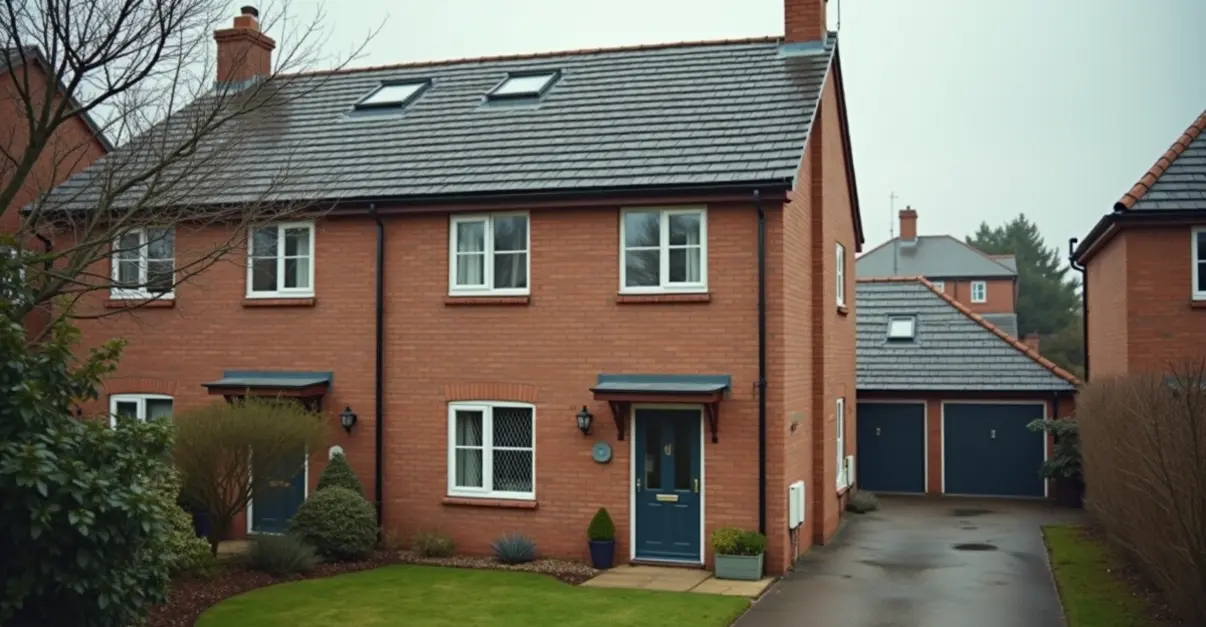Federal program funds home energy retrofits through Inflation Reduction Act, creating jobs and cutting energy costs with subsidies for low-income households.

Major Federal Initiative to Boost Home Energy Efficiency
The U.S. government has launched a comprehensive national plan to fund residential retrofitting projects aimed at dramatically improving energy efficiency across American homes. This ambitious initiative, backed by federal funding from the Inflation Reduction Act, represents one of the largest investments in residential energy efficiency in recent history.
Job Creation and Economic Impact
The program is expected to create significant employment opportunities across multiple sectors. According to the 2025 U.S. Energy & Employment Report, the energy efficiency sector already employs over 2.1 million Americans, and this new initiative could add tens of thousands of additional jobs. 'We're seeing unprecedented demand for skilled workers in insulation, HVAC, and electrical trades,' says Jennifer Amann, buildings program director at ACEEE. 'This program will not only reduce energy bills but create stable, well-paying jobs in communities nationwide.'
Energy Savings and Environmental Benefits
Homeowners participating in the program can expect substantial energy savings. The ACEEE research indicates that comprehensive retrofits can reduce household energy consumption by 20-40%, translating to hundreds of dollars in annual savings for average families. The environmental impact is equally significant, with reduced carbon emissions contributing to national climate goals.
Subsidy Details and Program Structure
The program offers multiple funding streams through the Inflation Reduction Act's Home Energy Rebates. Low and moderate-income households can access point-of-sale rebates for efficient electric equipment through the Home Appliance Rebate Program (HARP), while the Whole Home Efficiency Rebates (HOMES) program provides funding for comprehensive retrofits. 'The key innovation here is making these upgrades accessible to families who need them most,' notes Kara Saul-Rinaldi, policy expert. 'By targeting households earning up to 150% of area median income, we're ensuring equity in the clean energy transition.'
Eligible improvements include insulation upgrades, air sealing, high-efficiency heating and cooling systems, electrical panel upgrades, and weatherization measures. The program also supports workforce development through training initiatives for contractors and installers.
Implementation Timeline and State Coordination
States are currently finalizing their implementation plans, with many expected to launch programs in late 2025. The Department of Energy guidelines emphasize coordination between federal, state, and utility programs to maximize impact. 'This isn't just about short-term rebates,' explains a DOE spokesperson. 'We're building sustainable market transformation that will continue delivering benefits long after the initial funding period.'
The initiative represents a critical step toward achieving national energy efficiency targets while stimulating economic growth and creating quality jobs in the clean energy sector.

 Nederlands
Nederlands
 English
English
 Deutsch
Deutsch
 Français
Français
 Español
Español
 Português
Português









